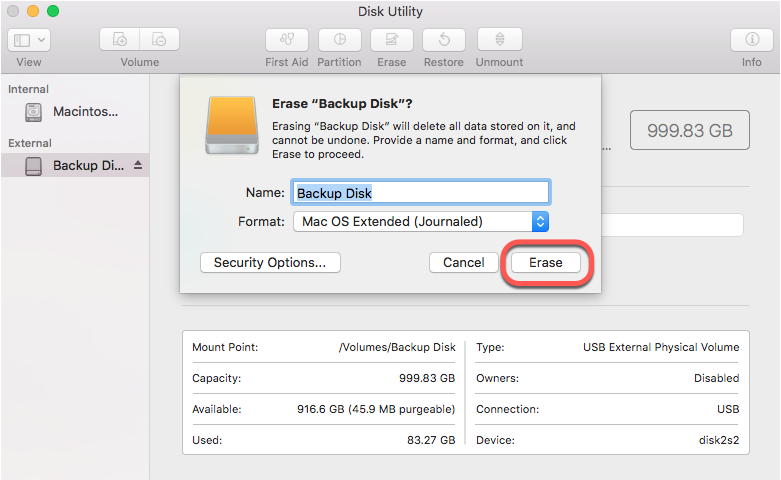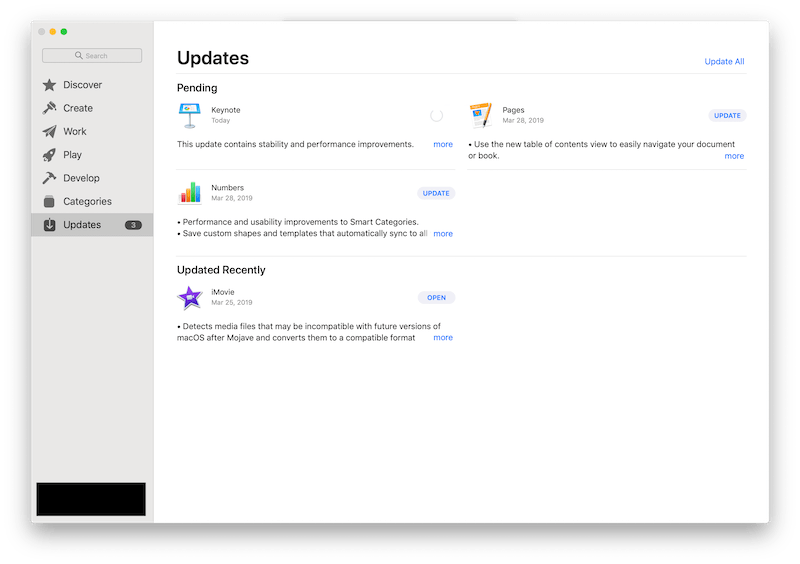

- #Apple file system check exit code is 8 how to
- #Apple file system check exit code is 8 mac
- #Apple file system check exit code is 8 windows
There is an error at the end, but it seems OK.

Read offset = 0x000001fe0000 length = 0x020000ġ92 clusters were marked used, but not referencedĠ clusters were marked used and CLUST_BADġ clusters were marked free, but referenced Thanks, this fixed my Seagate SSD which can not be mounted ** Checking active bitmap.
#Apple file system check exit code is 8 mac
I ran fsck in single mode diskutil in terminal all that.At least I got some good Mac lessons. When I reboot my Mac I'm back to square one.

#Apple file system check exit code is 8 windows
The drive content did show on windows but Not in Mac the format is Exfat there is a 'Back Up" partion also.When I run Diskutil: I get this message "Updating boot support partitions for the volume as required.Unable to unmount volume for repair.Operation failed." The drive did open once the files were accessible. The format, capacity, available space left on partion info are correct. One thing I did notice maybe that's the problem I go to the drive icon right click go to "Get info" my Storage Info is wrong it says Modified:Monday, December 31,1969 at 11:00PM and under General: Created: Wednesday,December 31,1969 at 7:00PM Modified: Monday, December 31,1979 at 11:00PM. Back to square one the drive shows but still won't repair in disk utility tried almost everything since mid March of this year. After the drive debug on a 6TB WD Elements usb hard drive Took more than 12/hrs whew.the message said "everything seems to be ok" received No errors. My suggestion to all of you, when something like this happens be patient and just wait a little more to let macOS do its things. After a while the partition was mounted again automatically. I had the same problem but I didn't kill it, I just waited 10 minutes that the process finished doing its thing and it solved the problem. If you notice, the process that is using the disk is fsck_hfs. Wait, this means that macOS was already taking care about the problem, automatically running filesystem check on the partition. After that the drive mounted in Finder and Disk Utility and I was able to run "First Aid" using "Disk Utility" Once the offending process is killed, I got an OS prompt about an error mounting the drive (something along the lines of it being mounted in read only mode, don't remember the wording). ps -ax | grep disk2 (but your disk)ġ3699 ? 11:52.83 /System/Library/Filesystems/hfs.fs/Contents/Resources/./fsck_hfs -y /dev/disk2s2
#Apple file system check exit code is 8 how to
I was stuck with "Resource Busy" too, but a comment on the Source link (on craigsmith.id.au) describes how to find and kill the process locking the resource which worked for me. I'm getting an error saying- "Can't open /dev/rdisk2s2: Resource Busy". Then, going to erase and reformat this ExFAT drive as MacOS Extended (Journaled) then copy everything back! Wish me luck. Now, I'm using rsync to copy all files to a second hard drive. My external hard drive mounted normally, without incident, after over an hour of waiting. It's kind of weird that Apple wouldn't put up a progress bar or anything friendly like that. The good news was that, somehow, the system was already running the fsck_exfat program behind the scenes! Using ps revealed it. Using fsck_exfat from the command line resulted in the error message Resource busy. The drive was perfectly visible, but nothing would mount it. Although the drive was fine, it wouldn't mount. Should have done it MacOS Extended (Journaled).Īlthough I unmounted it cleanly, it still came back dirty. I made the mistake of formatting a large external hard drive ExFAT.


 0 kommentar(er)
0 kommentar(er)
